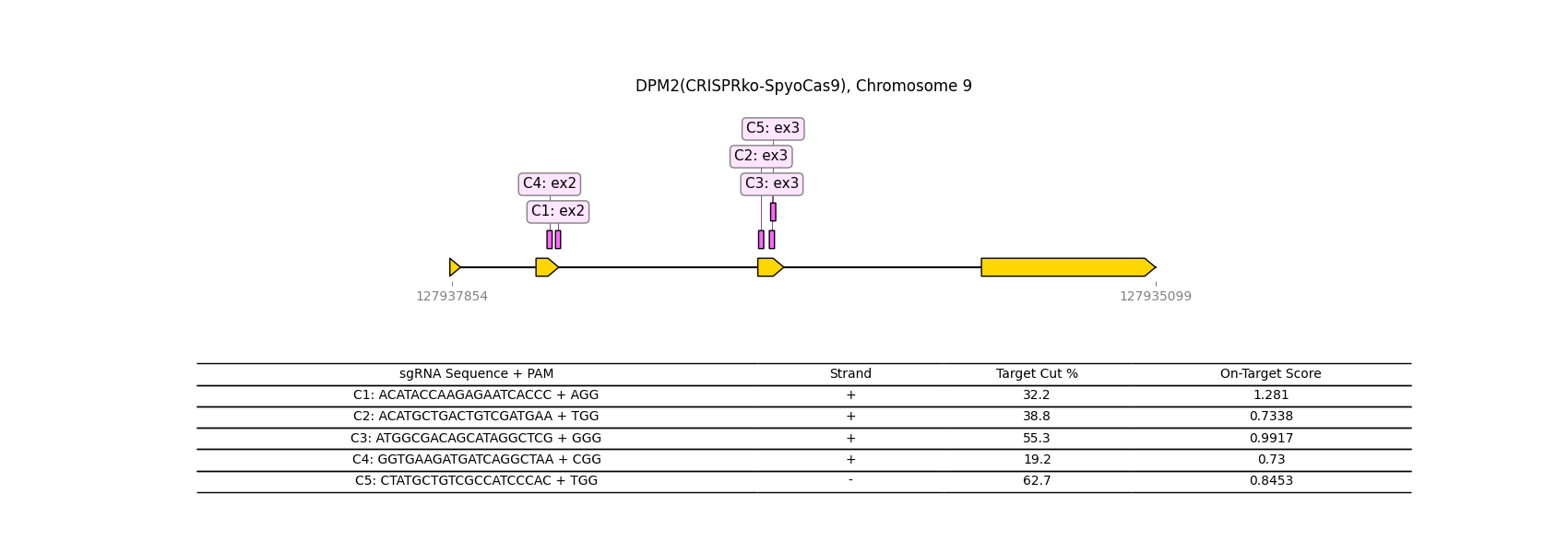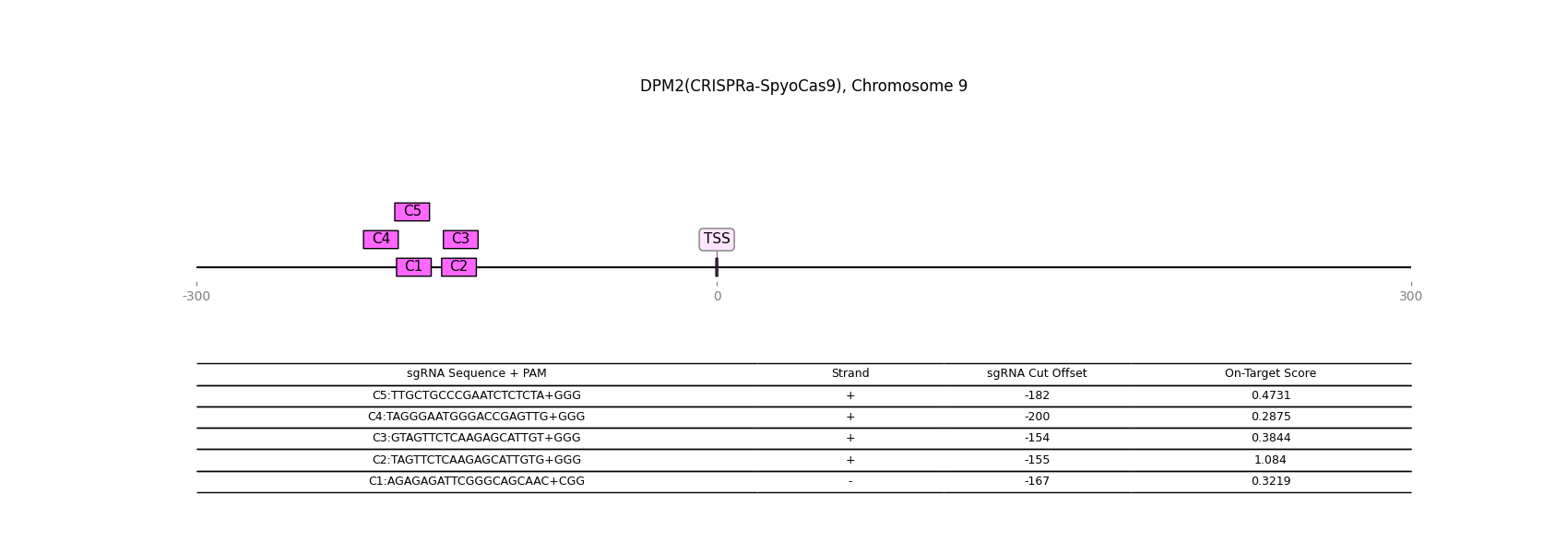Gene Details: DPM2
1 / 3
General Information
Gene Name: DPM2 (Dolichol phosphate-mannose biosynthesis regulatory protein)
Synonym:
Short Names:
Alternative Names: Dolichol-phosphate mannose synthase subunit 2;
Notes:
- This is an essential regulatory subunit of the dolichol-phosphate mannose (DPM) synthase complex, which includes DPM1 and DPM3.
- This protein is also part of the glycosylphosphatidylinositol-N-acetylglucosaminyltransferase (GPI-GnT) complex that catalyzes the transfer of GlcNAc UDP-GlcNAc to phosphatidylinositol during first step of GPI biosynthesis.
Description from Dr.Glyco-GPT:
Warning: LLMs can generate factually incorrect information, as they simply predict the next word based on training data. Always verify LLM output by cross-checking with reliable sources!
Catalytic Activity

Reaction and Disease Links
KEGG: 8818
Transcript levels (Cell lines and Single cell data) URL
CRISPR-knockout

CRISPR-activation

CRISPR-inactivation

Transcription factor-gene relationship (details at glycoTF page)
Top 10 TFs
| TF | Score |
|---|---|
| TCF25 | 0.958756 |
| UBE2I | 0.949912 |
| SSU72 | 0.942248 |
| YY1 | 0.935005 |
| PCBP1 | 0.931185 |
| HNRNPK | 0.929814 |
| SON | 0.924854 |
| RBM39 | 0.922098 |
| XRCC5 | 0.919385 |
| PCBP2 | 0.913160 |
Licensing: CC BY 4.0. You are fee to copy, redistribute, remix, transform and build upon all material, except for textbook figures from the Essentials.